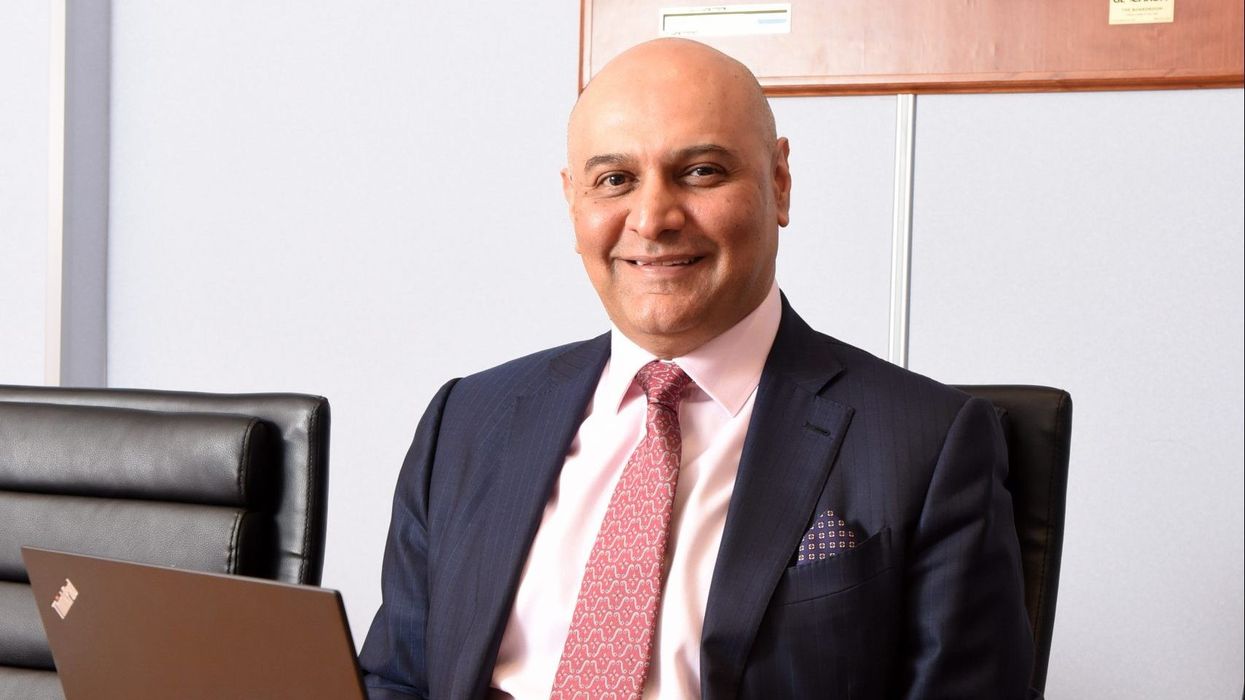By Javed Husain
IN TODAY’S day and age there is a huge desire by companies to adopt an inclusive and diverse approach, and the only way that can be achieved is through brand justice.
Influencers and celebrities are being shipped in from all across the world by brands to gain a greater reach among consumers.
However, multicultural marketing should not solely be a concept for “just one campaign”. It should be included throughout an entire business, from the top down, 24/7, 365 days a year. The more deeply ingrained the values of cultural diversity are in a brand, the more successful they will be in reaching the consumers they have been missing.
The census 2021 will show that people of colour in the UK are big spenders when it comes to purchases, and that is something companies are slowly understanding by making changes to their ranges.
For example, large retailers such as Asda and Sainsbury’s added halal sections to their food lines. In fashion, Nike launched a line of modest fashion* and when it comes to TV, Disney created Mira Royal Detective, a cartoon for children voiced by a heavily ethnic cast, for authenticity.
Every year we eagerly anticipate what the big retailers will bring out as their Christmas advert. There has always been an unsaid competition between retailers over who will have the most significant online presence from their ad. John Lewis is renowned for upping their game year on year. Social media has become inundated with people liking, sharing and commenting on the good, bad and mediocre adverts.
We all seem to love animations, but over the past few years, there have been a lot of criticism of retailers using people from an ethnic background in their Christmas adverts. A few years ago Tesco was pummelled on social media for using a Muslim family as part of their Christmas campaign. The idea was to show families of all colours and backgrounds enjoying the food and festivities associated with Christmas. But this campaign led to a surge in criticism and a backlash against the retailer.
This year, the focus has been on the Sainsbury’s Christmas advert, which depicts a black father talking to his daughter over a number of images and videos from previous family celebrations**.
One would not think anything bad of such an advert but critics have condemned it, with comments such as ‘you may as well call yourselves Blackbury’s’ ‘to ‘where are the British people?’ It would seem like many believe that people of colour should not be permitted to take part in such campaigns, which is a real shame for all of us.
In the first half of 2020, the whole world was swept up with the Black Lives Matter movement. People protested, spoke out and did what they could to bring about a change that aimed to eradicate racial prejudice and expose some of the struggles people of colour experience on a day to day basis. Millions of people from all walks of life supported the campaign and promises were made to bring about significant change. Sadly, not much change has been seen.
If a company sincerely wants to succeed in its inclusivity pledge, it is imperative the right people are hired to do the job. Specialist agencies can tailor-make campaigns and deliver communication messages in a culturally sensitive manner, enabling brands to connect with their audience on a more personal level, improving the consumer’s experience, and making business more profitable. In fact, 80 per cent of companies report seeing an uplift since implementing such personalisation tactics.
Javed Husain heads the media department at Mediareach Advertising.












Brands ‘benefit from cultural diversity in campaigns’